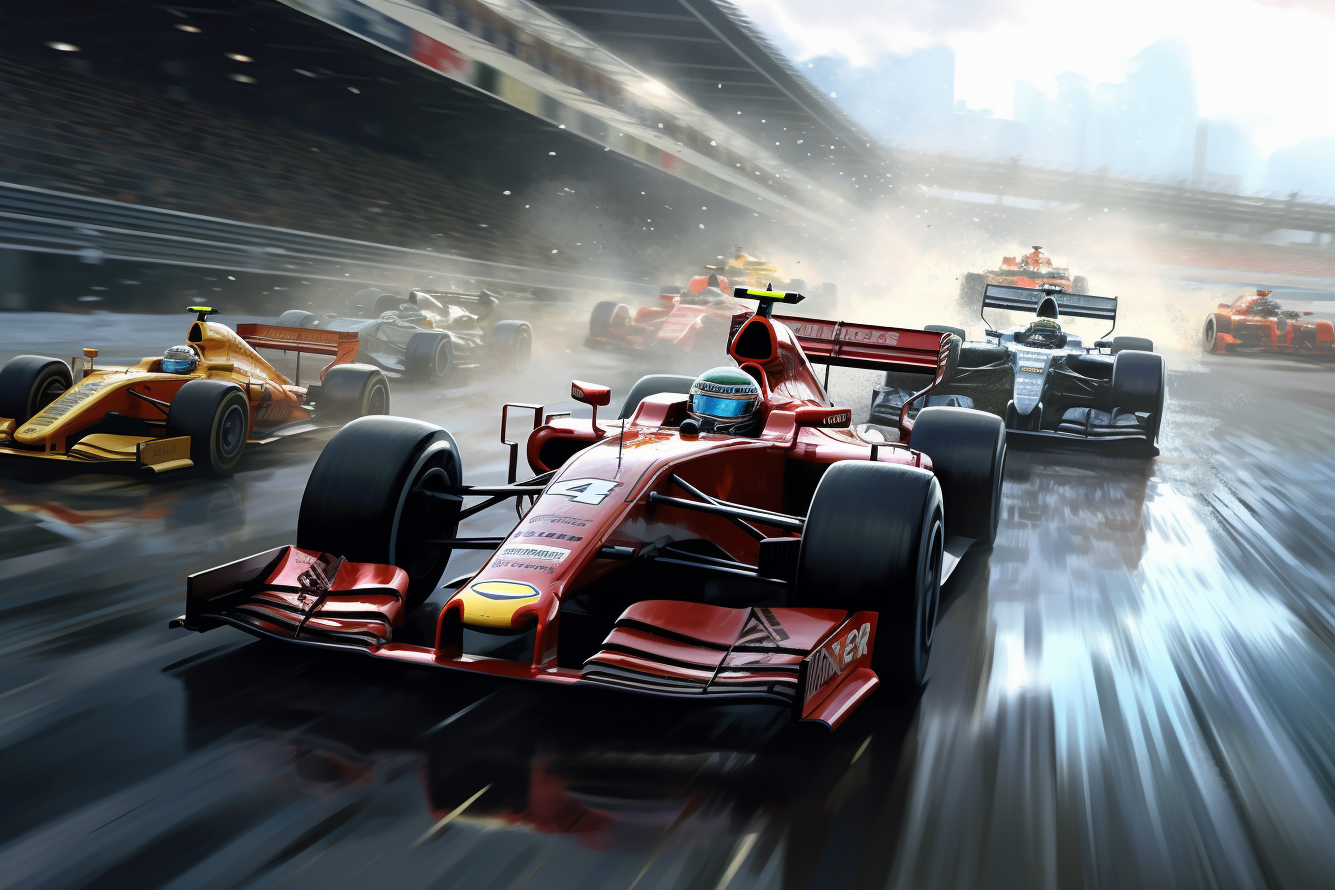The Cooperation Between Sainz and Norris in the Singapore Grand Prix
Formula 1 is often viewed as a cutthroat competition where individual performance takes center stage. However, the recent Singapore Grand Prix provided a compelling case study in the application of game theory, particularly the concept of mutual cooperation. Carlos Sainz and Lando Norris, driving for different teams, displayed a remarkable act of cooperation that led them to secure first and second positions respectively.
Table of Contents

Problem Statement
The two drivers faced an interesting choice: cooperate and both secure higher positions, or act solely in their individual interests and risk falling behind. The specific conditions for their cooperation were as follows:
-
Carlos Sainz (Player A) needed to stay within the DRS (Drag Reduction System) range to enable Lando Norris (Player B) to use DRS and gain a speed advantage.
-
Lando Norris (Player B) was responsible for using this DRS advantage to fend off other competitors like George Russell and Lewis Hamilton.
If either driver chose not to cooperate, they risked lower finishes:
- Sainz would likely end up in third place, unable to fend off competitors without Norris’s help.
- Norris would likely end up in fourth place, losing the DRS advantage provided by Sainz.
If either broke the cooperation after their tacit agreement (for example, if Norris used DRS to overtake Sainz), both drivers would fall back, with Sainz in third and Norris in fourth.
Real-World Result
In an incredible display of strategic cooperation, both drivers adhered to their tacit agreed roles during the Singapore Grand Prix. The result was astounding: Carlos Sainz finished in first place, and Lando Norris secured the second position. The outcome perfectly matched the theoretical optimal result outlined by game theory, confirming that the Nash equilibrium for this scenario is indeed mutual cooperation.
| Sainz Cooperates | Sainz Defects | |
|---|---|---|
| Norris Cooperates | Sainz: 1st, Norris: 2nd (Actual Outcome) | Sainz: 3rd, Norris: 4th |
| Norris Defects | Sainz: 3rd, Norris: 4th | Sainz: 3rd, Norris: 4th |
Conclusions
The Singapore Grand Prix serves as a real-world testament to the power of game theory in competitive settings like Formula 1. Carlos Sainz and Lando Norris demonstrated that, even in a fiercely individualistic sport, cooperation can lead to mutually beneficial outcomes.
While the specifics of this event might not be easily replicable due to various factors such as race conditions, the underlying lesson remains: strategic cooperation, sometimes even between competitors, can be the key to maximizing individual and collective gains.
This fascinating case not only shows the applicability of game theory to real-world scenarios but also enriches our understanding of the nuanced strategies that can come into play in competitive sports like Formula 1.